Iran's former governor at OPEC Seyed Mohammad Ali Khatibi, while recalling that OPEC and non-OPEC members had agreed to cut their overall production by a total of about 1.7 to 1.75 million barrels per day, said “presently, despite the upward trend in crude prices in recent weeks, three factors are likely to prevent any further rise in oil prices in the global market.”
The official stated that the first threat was the extent to which OPEC members remained committed to the oil freeze deal; “although Saudi Arabia, Kuwait and the UAE have voiced support for the plan to curtail output levels, Iraq’s production and exports of crude oil reached a record high in the last month of 2016.”
The oil market analyst stressed that based on historical documents and in the most optimistic view, members of Organization of the Petroleum Exporting Countries (OPEC) have shown about 60 to 65 percent of adherence to quotas for oil production management.
“Until the end of November 2016, OPEC output volume stood at 33.5 to 34 million barrels per day and assuming 60% of cutback compliance by OPEC members, crude production of OPEC will decrease by about one million barrels in January.
Khatibi estimated that production of the three countries which had been exempted from the cut agreement in Vienna will rise by an aggregate total of 800 thousand barrels per day recalling “therefore, the first hazard to higher crude prices is for OPEC to flout the targets it set.”
He deemed lack of compliance to cutbacks by non-OPEC members as the second threat adding “non-OPEC states have never remained fully committed to their obligations to the 13-nation oil cartel and they cannot be expected to reduce production in line with the level envisaged in Vienna agreement.”
The rise in shale oil and gas production capacity was the third major threat to oil market pinpointed by Iran's former governor at OPEC who concluded “crude prices can reach over 60 dollars per barrel in 2017 only if these three threats are lifted, an aim which can be obtained via excellent compliance of OPEC and non-OPEC members to the oil cuts agreement.”
HA/3883507

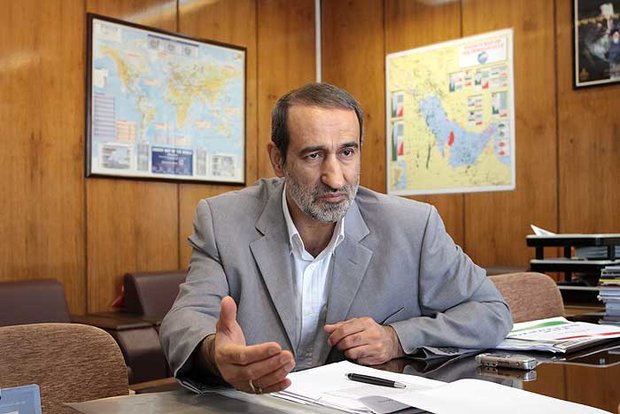


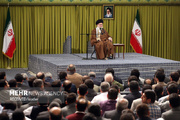

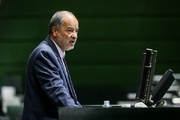
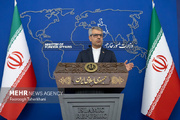
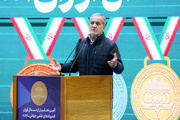
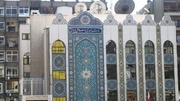
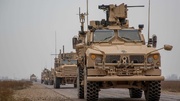









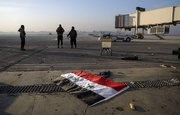

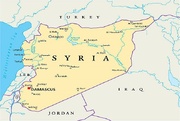
Your Comment